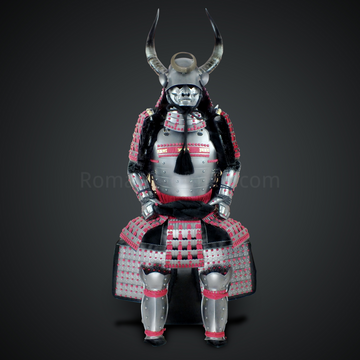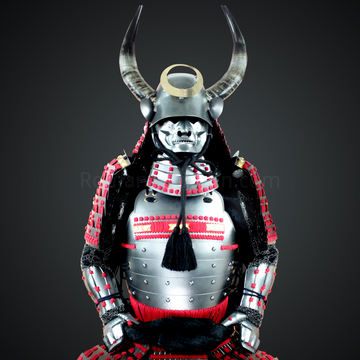Ō midare ba in Japanese Katana terminology
大乱れ刃 / Ō midare ba
What is Ō midare ba in Japanese Katana terminology?
Ō midare ba refers to a type of blade pattern (Hamon) in Japanese swords. It is a kind of ""乱刃/乱れ刃"" (midareba), which means irregular or chaotic blade pattern (Hamon), and ""大乱れ刃"" specifically refers to those with large, bold patterns.
In the era of ancient swords, this pattern was often seen in swords from Sagami (Soshu), Shimada, and those made by ""志津三郎兼氏"" (Shizu Saburo Kaneuji) and ""備前長義"" (Bizen Nagayoshi).
In the era of new swords, it was seen in the works of the ""Hori River School"", Osaka's ""Kanehori"" and ""Kanesada"", Edo's ""Nagasone Kotetsu"" and ""Yamato no Kami Yasusada"", as well as in swords from the Mizuta and Satsuma regions.
Among the swordsmiths in Osaka who made ""大乱れ刃"", the most famous were ""津田越前守助広"" (Tsuda Echizen no Kami Sukehiro), ""坂倉言之進照包"" (Sakakura Gonno Shin Terukane), and ""近江守久道"" (Omi no Kami Hisamichi). These three swordsmiths were collectively referred to as the ""大乱れ三幅対"" (Oomidare Sanpukutsui).
The ""短刀 銘 備州長船住長義"" (Short Sword, Inscription: Bishu Osafune Nagayoshi) is a short sword made by Bizen Nagayoshi, which is also listed in the ""享保名物帳"" (Kyoho Meibutsu Cho), a catalog of famous swords from the Kyoho era. This sword is characterized by a well-tempered blade with a large, irregular pattern, with ""足"" (ashi) and ""葉"" (you) elements, as well as ""砂流し"" (sunagashi) and ""金筋"" (kinsuji) features, which are distinctive characteristics of Nagayoshi's works.







